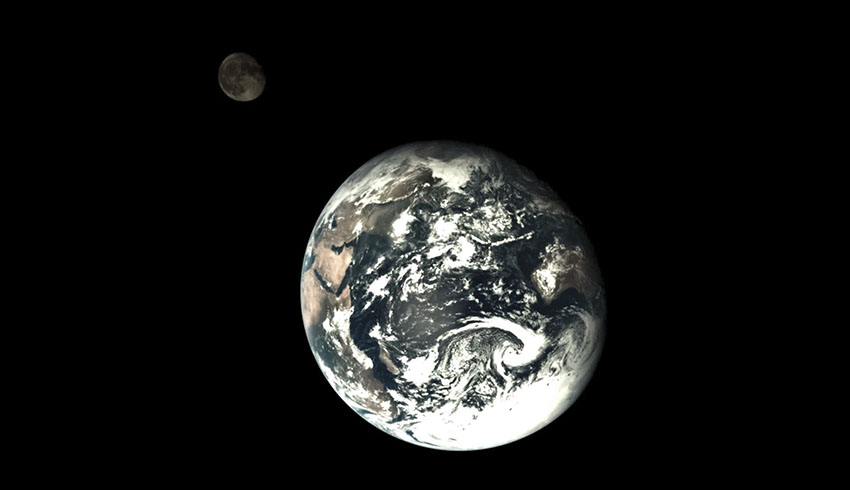
The Shenzhou-12 launched on top of the Long March 2F – also known as the Chang Zheng 2F (CZ-2F) – Chinese orbital carrier rocket at 9:22am Beijing time from the Jiuquan Satellite Launch Center in the Gobi Desert in north-west China.
Shenzhou-12 is the third of 11 missions set for building the three-module Chinese Space Station (The Tiangong Station). The station is intended to orbit the Earth for at least 10 years.
China has been accumulatively gaining territory in the space sphere, a significant part of their mission in light of the eventual closure of the International Space Station (ISS).
While the names of the crew were concealed ahead of the launch, Chinese authorities have finally revealed who will be tasked with setting up China's newest base in space.
Nie Haisheng, 56, has now become the oldest astronaut in space, alongside his crewmates Liu Boming, 54, and Tang Hongbo, 45.
Both Liu and Nie have been to space previously, however, it is Tang’s first flight.
"I have a lot of expectations," Nie said before the crew launched.
"We need to set up our new home in space and test a series of new technologies. So, the mission is tough and challenging. I believe with the three of us working closely together, doing thorough and accurate operations, we can overcome our challenges. We have the confidence to complete the mission."
The mission is for the taikonauts to transfer the 22.5-tonne Tianhe (Harmony of the Heavens) model into service.
The main module of the Tianhe was launched into orbit on 29 April 2021. The spacecraft carried cargo containing food, fuel and equipment to prepare for the taikonauts.
The crew will take up residence within the Tianhe during the three-month mission.
The module is shaped like a cylinder, slightly larger than a bus, calculating 16.6 metres long and 4.2 metres in diameter.
While there are no women on this crew, the director of the China Manned Space Engineering Office, Yang Liwei (first astronaut from the Space China program), said that in future missions, they expect to include women on flight.
When completed, the Chinese Space Station will be one-fifth of the International Space Station’s (ISS) mass, between 80 and 100 tonnes. Tiangong 1 was the first prototype space station launched in 2011, followed by the Tiangong 2 in 2016.
Various experiment modules will be launched between 2021 and 2022. Some include the Wentian and Mengtian, which will perform experiments in areas such as astronomy space medicine, space life science, biotechnology, microgravity fluid physics, microgravity combustion, and space technologies, Space News notes.
China is not a partner on the ISS due to the 2011 Wolf Agreement prohibiting the US to engage in any direct bilateral co-operation with China. This was largely to do with ongoing concerns with China’s military and security practices.
Despite this, Ji Qiming, the assistant director of China’s human spaceflight agency, expressed the possibility of welcoming foreign involvement once the space station is complete.
"It is believed that, in the near future, after the completion of the Chinese space station, we will see Chinese and foreign astronauts fly and work together," he added.

Isabella Richards
Bella Richards is a journalist who has written for several local newspapers, her university newspaper and a tech magazine, and completed her Bachelor of Communications (Journalism) at the University of Technology Sydney in 2020. She joined Momentum Media in 2021, and has since written breaking news stories across Space Connect, Australian Aviation and World of Aviation.
You can email Bella on: [email protected]
Receive the latest developments and updates on Australia’s space industry direct to your inbox. Subscribe today to Space Connect here.









